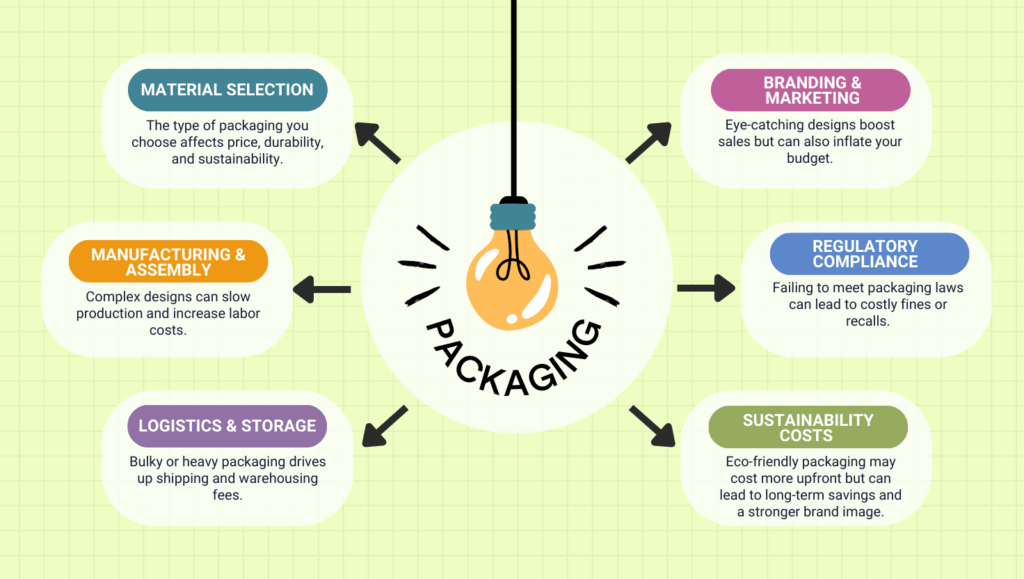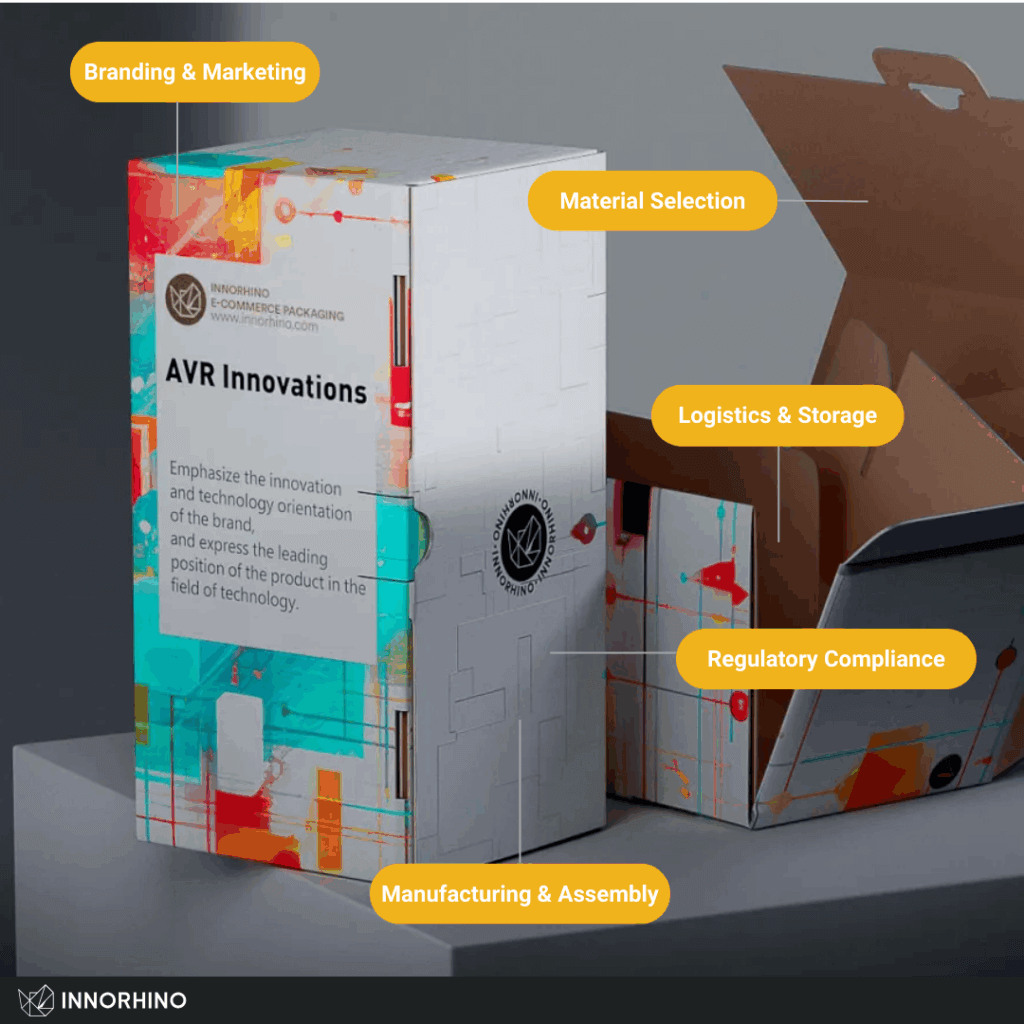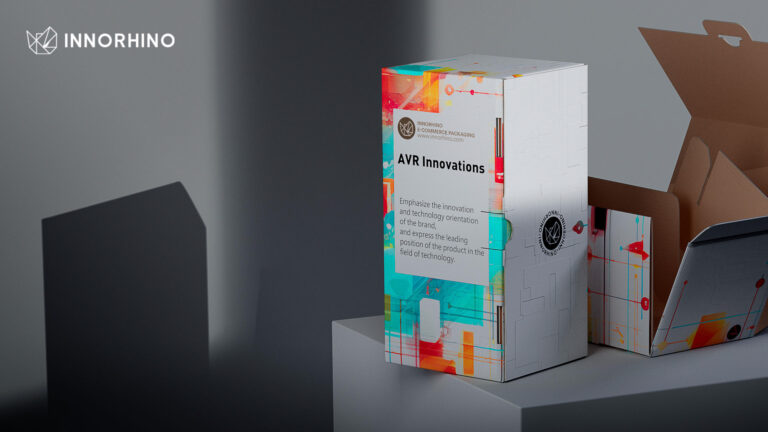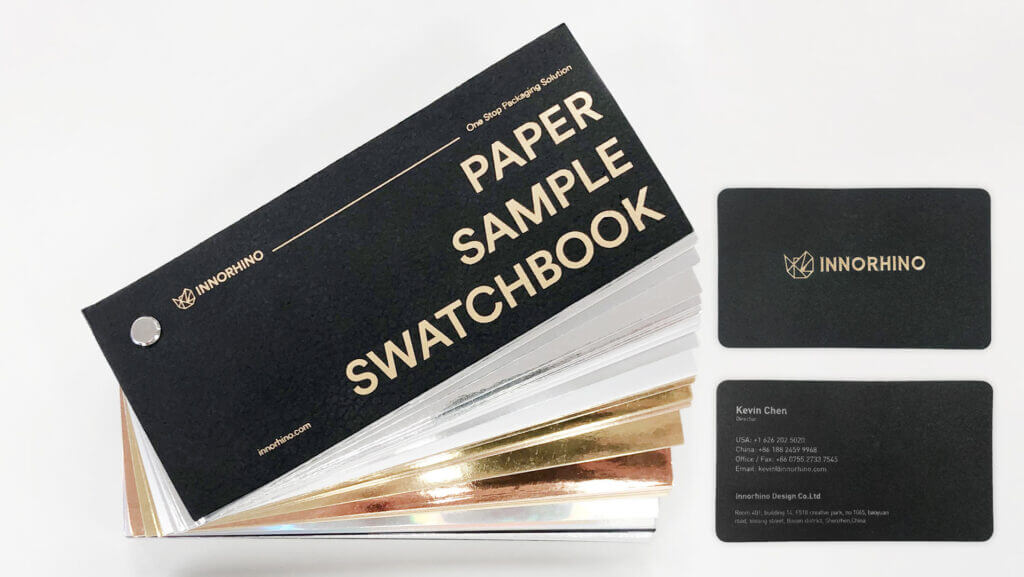- Introduction
- The Real Cost of Packaging (It’s More Than Just Materials)
- 1. Choosing the Right Materials: Balancing Cost & Performance
- 2. Cutting Manufacturing & Assembly Costs (Without Sacrificing Quality)
- 3. Optimizing Logistics & Storage to Save on Shipping
- 4. Branding & Marketing: Making an Impact Without Overspending
- 5. Regulatory Compliance: Avoid Fines & Hidden Costs
- 6. Sustainability & Cost Savings: Going Green Without Overspending
- How to Cut Costs Without Cutting Corners
- Work with INNORHINO to Lower Your Packaging Costs
- Frequently Asked Questions (FAQs)
Introduction
Let’s be honest—packaging costs can add up fast. But what if you could reduce expenses without sacrificing quality or brand appeal?
At INNORHINO, we help businesses like yours discover smarter, more cost-effective packaging solutions. Whether you’re looking to optimize materials, streamline production, or improve logistics, our expertise delivers results.
If you’re tired of watching packaging eat into your profits, keep reading. We’ll break down the real costs of packaging and show you practical ways to save money—without cutting corners.
The Real Cost of Packaging (It’s More Than Just Materials)
Most businesses focus on material prices, but packaging costs extend far beyond the box. Here’s what really impacts your packaging budget:

- Material Selection – Affects price, durability, sustainability.
- Manufacturing & Assembly – Complex designs increase labor and time.
- Logistics & Storage – Bulky or heavy packaging raises shipping and warehousing costs.
- Branding & Marketing – Beautiful packaging sells, but it adds to costs.
- Regulatory Compliance – Non-compliance risks fines, delays, or recalls.
- Sustainability Initiatives – Higher upfront costs, but long-term savings and brand loyalty.
🔍 Understanding the full picture helps you identify where to cut costs strategically.
1. Choosing the Right Materials: Balancing Cost & Performance
Material choice can make or break your packaging budget—and your product protection. Here’s how to choose wisely:
| Material Type | Pros | Cons |
|---|---|---|
| Plastic | Cheap, lightweight | Not eco-friendly |
| Cardboard/Paper | Affordable, recyclable | Limited moisture resistance |
| Glass/Metal | Premium feel, durable | Heavy, expensive to ship |
| Eco-Friendly | Great for branding, sustainable | Higher upfront cost |
- Plastic: Lightweight and cheap, but may not align with sustainability goals.
- Cardboard & Paperboard: Affordable and recyclable, great for shipping and retail packaging.
- Glass & Metal: Premium feel but heavier, which increases shipping costs.
- Eco-Friendly Options: Compostable, biodegradable, or recycled materials are great for branding but may cost more upfront.
💡 Pro Tip: Switching to a thinner, high-performance material can cut costs without reducing quality. We can help you find the best options!
2. Cutting Manufacturing & Assembly Costs (Without Sacrificing Quality)
If your packaging process is slow or expensive, it’s time to streamline. Here’s how:
✔ Standardize Your Packaging: Using one box or bottle shape for multiple products saves money.
✔ Reduce Printing Costs: Do you really need embossing or metallic foil? Keep designs clean and simple.
✔ Automate Where Possible: Manual assembly is costly—invest in packaging that works with automated systems.
✔ Minimize Components: The fewer pieces, the lower your labor costs.
📈 Efficiency in design leads to savings in time, labor, and materials.
3. Optimizing Logistics & Storage to Save on Shipping
Shipping and storage costs can add up fast. Here’s how to keep them in check:
🚛 Reduce Size & Weight: Smaller, lighter packaging means lower freight costs.
📦 Use Stackable, Space-Saving Designs: Maximize pallet efficiency.
🔄 Right-Size Your Packaging: No one wants to pay to ship air! Avoid oversized boxes with too much empty space.
💡 Pro Tip: Dimensional weight pricing means size matters. A well-designed package can cut shipping fees significantly.
4. Branding & Marketing: Making an Impact Without Overspending
Yes, great packaging sells. But it doesn’t have to be expensive. Here’s how:
- 🎨 Limit expensive finishes—opt for a minimalist aesthetic.
- 📏 Use universal packaging for multiple SKUs.
- 🖨️ Embrace digital printing for short runs—faster and more cost-effective.
🧠 Strategic design choices can reduce costs while still creating visual impact.
5. Regulatory Compliance: Avoid Fines & Hidden Costs
Non-compliance can lead to delays, fines, or worse. Stay ahead by considering:
- ✅ Food safety laws (FDA, EU regulations, etc.)
- ✅ Labeling and child-safety features for chemicals or pharmaceuticals.
- ✅ Country-specific recycling and eco-label requirements.
💡 Pro Tip: INNORHINO helps you navigate regulations so you stay compliant—no surprises, no penalties.
6. Sustainability & Cost Savings: Going Green Without Overspending
Many companies assume eco-friendly packaging is too expensive—but that’s not always true. Here’s how it can actually save you money:
🌱 Reduce Material Waste: Use less packaging without compromising protection.
🚚 Lower Shipping Costs: Lightweight, sustainable materials reduce freight expenses.
💚 Boost Brand Loyalty: Many customers prefer (and are willing to pay more for) sustainable packaging.
💡 Pro Tip: Sustainability isn’t all or nothing. Start small with recycled materials or right-sized packaging to see immediate savings.

How to Cut Costs Without Cutting Corners
Want to slash your packaging costs while keeping quality high? Here are the best strategies:
✅ Right-Size & Lightweight Your Packaging: Avoid excess material and wasted space.
✅ Buy in Bulk: Larger orders lower your per-unit cost.
✅ Standardize Across Product Lines: Using the same packaging for multiple items simplifies production.
✅ Optimize Logistics: Design packaging to maximize shipping and storage efficiency.
✅ Explore New Suppliers & Materials: Better deals may be available—don’t settle!
✅ Don’t Under-Pack! Cutting costs too much can lead to product damage and expensive returns.
Work with INNORHINO to Lower Your Packaging Costs
At INNORHINO, we don’t just design packaging—we create cost-effective, sustainable solutions tailored to your business. Whether you need a full packaging redesign or just want to cut costs without sacrificing quality, we’re here to help.
🚀 Ready to optimize your packaging and boost your bottom line? Contact us today and let’s make packaging work for you!
📩 Get a free consultation with INNORHINO now!
Frequently Asked Questions (FAQs)
Q1: How much can I realistically save on packaging?
A: Businesses can often save 10–30% through smarter material choices, right-sizing, and streamlined production.
Q2: Will cheaper packaging hurt my brand image?
A: Not if it’s done strategically. Simplified, sustainable designs can actually enhance brand perception.
Q3: Is eco-friendly packaging worth the investment?
A: Yes—over time, it reduces material and shipping costs, boosts brand loyalty, and ensures compliance with future regulations.
Q4: How do I know if my current packaging is inefficient?
A: Signs include high return rates due to damage, large empty spaces in boxes, or rising freight costs.
Q5: Can INNORHINO help with small business packaging needs?
A: Absolutely. We tailor solutions for companies of all sizes—from startups to global brands.








